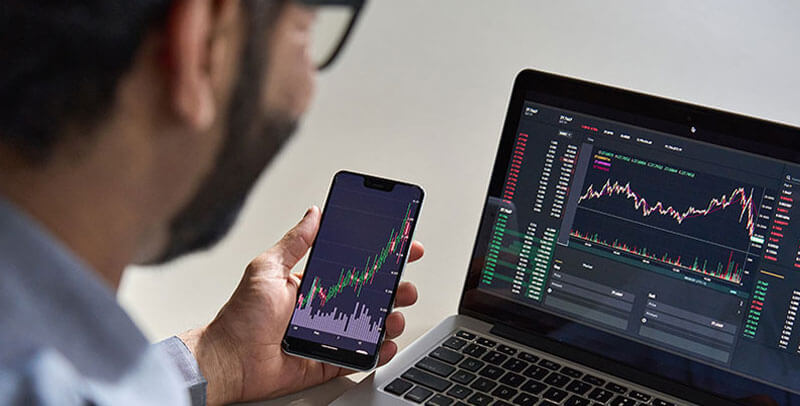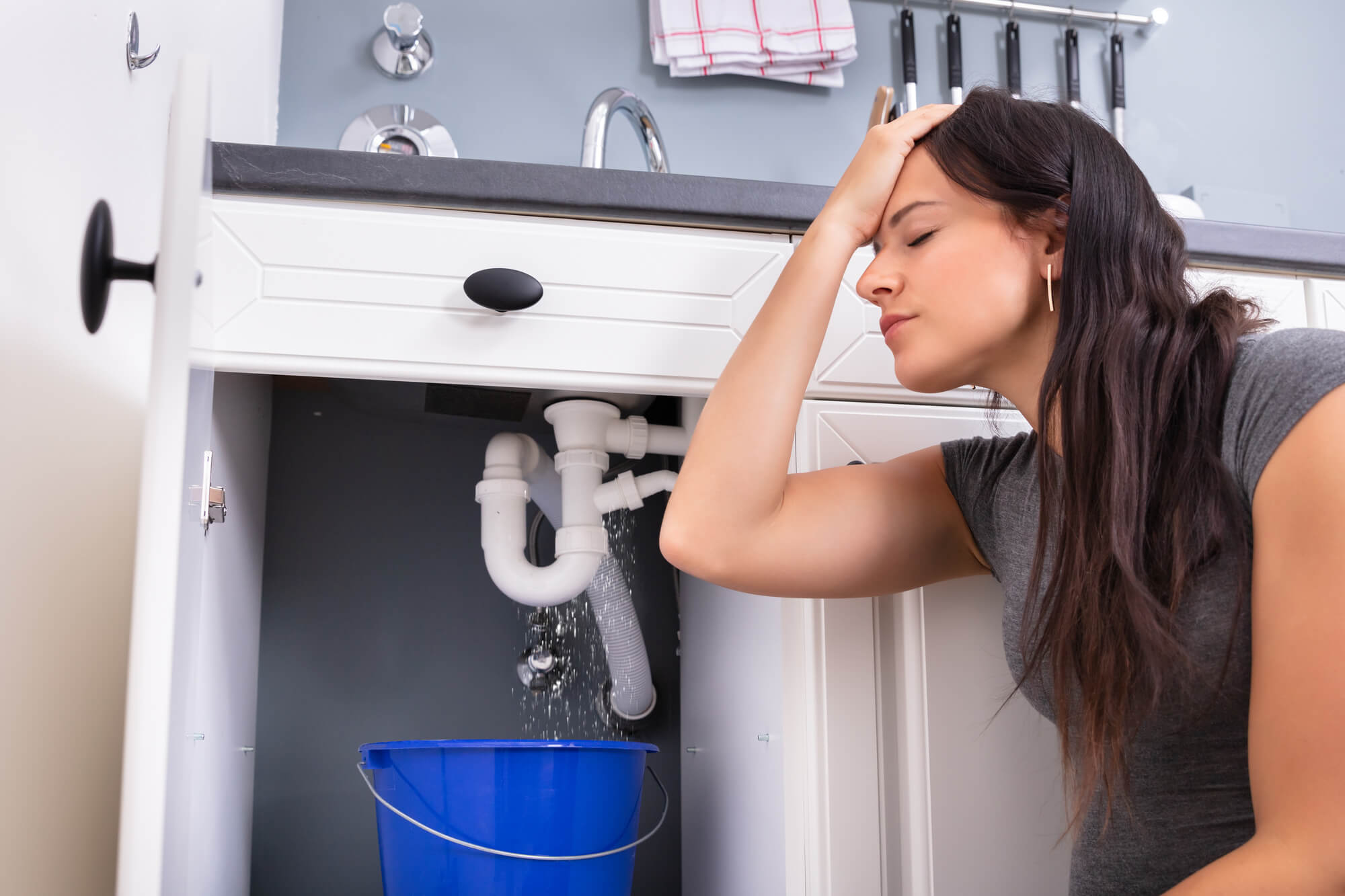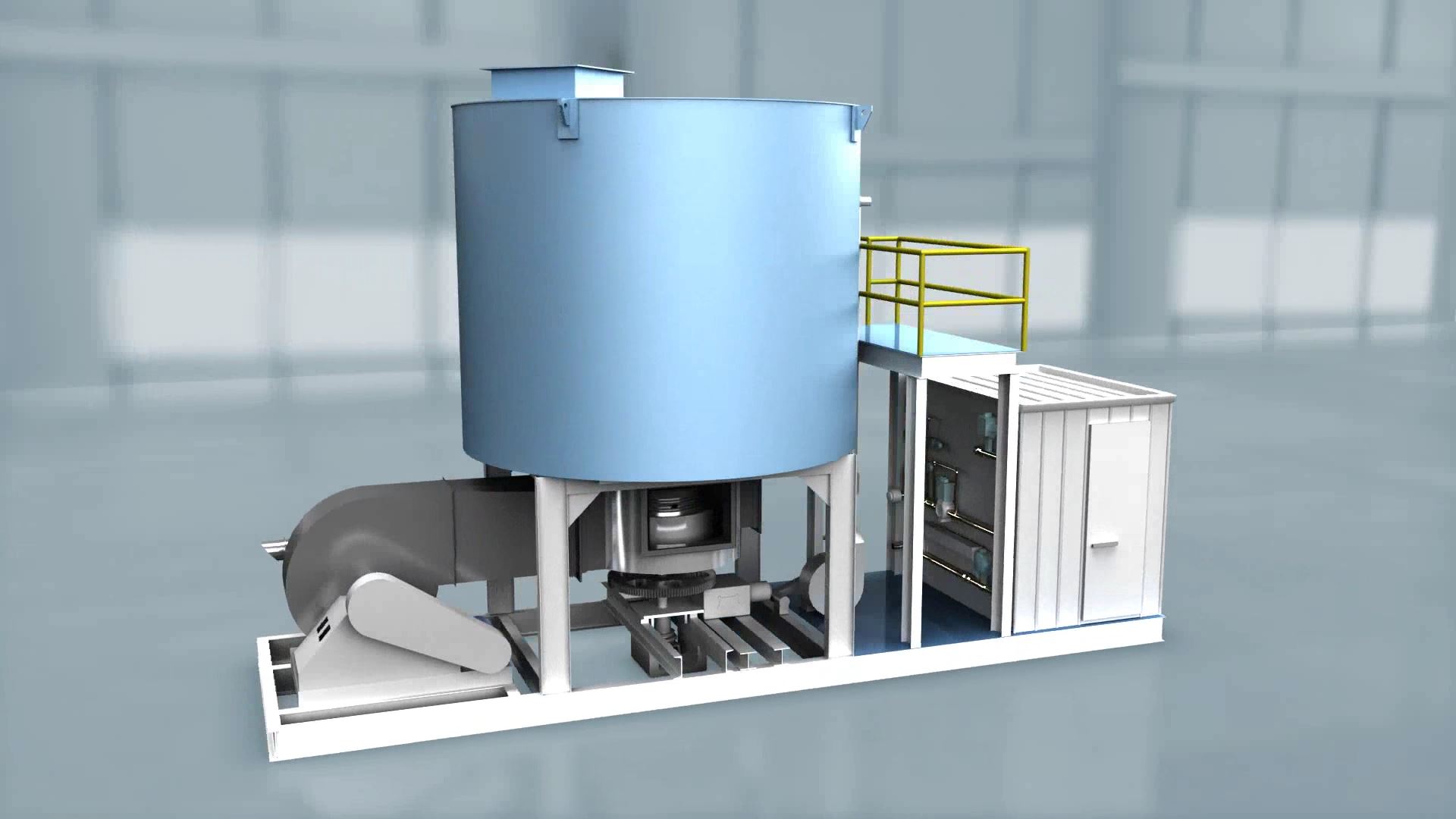Oxi.X RM – For Low-Flow Application
A regenerative thermal oxidizer, also known as RTO, is an air pollution control system designed to break down Volatile Organic Compounds (VOCs), Hazardous Air Pollutants (HAPs), and other airborne solvents into simple components such as carbon dioxide and water vapor. This is done by heating the exhaust gas at a very high temperature of over 1400 degrees celsius.
How is Oxi.X RM different from other regenerative thermal oxidizers?
Formerly known as the Millennium, the Oxi.X RM regenerative thermal oxidizer redefines the economics of clean air compliance compared with other air pollution control systems deployed in high-flow process applications. It works the best when used for low-flow process applications.
How does the Oxi.X RM operates?
The Oxi.X RM RTO air pollution control system is a perfect amalgamation of integrated ductwork, individual poppet valves, and a unique, single box configuration. These features help in saving capital and installation costs. The system offers considerable installation flexibility as the unit is compact and space-saving.
This system is available in different formats and sizes, making it suitable for indoor and outdoor placements. In addition, it is relatively lightweight and allows easy rooftop installation.
- Quick, Easy Installation
The whole system is pre-assembled, wired, piped, and tested before it leaves the factory. All the Oxi.X RM RTOs are shipped with the help of a commercial truck. Minimizing the installation and start-up time. The whole installation process is generally completed in less than a week.
This system also offers the facility of turnkey installations.
- Operational reliability
The Oxi.X RM RTO air pollution control system is practically self-operating. In a standard configuration, the only parts which move are the 2 poppet-style reinforced valves. Its advanced electronic control system automatically tunes the rest of the system according to the high VOC destruction rates while simultaneously providing maximum fuel efficiency. The Oxi.X RM is designed in such a way that it allows for low maintenance costs.
Advantages of using Oxi.X RM RTO air pollution control system
The Oxi.X RM RTO uses a robust ceramic heat-exchange media, which makes it highly cost-effective. The pressure drop inside the system is minimized to a considerable extent due to the lower resistance of the media. This leads to a smoother operation and reduced electrical operating costs for VOC abatement, hazardous air pollutants (HAPs) management, and odor control.
Some other benefits of using Oxi.X RM are as follows.
- It comes with an energy-efficient variable frequency drive (VFD)
- The system raises thermal efficiency by up to 97%
- Consists of low-pressure drop ceramic media
- It has simple, touch-screen controls
- Equipped with a modern support system
- Has purge/idle makeup air damper
Technical Specifications of Oxi.X RM RTO
The compact and unique system can fulfill the needs of a wide variety of industrial applications. This includes flows that extent up to 15,000 SCFM (23,700 Nm3/hr). This air pollution control system combines operating efficiency, high destructive effectiveness, and reliability with very affordable capital, installation, and operating costs.
Features of Oxi.X RM RTO –
- Flow Capacity – Up to 15,000 SCFM (23, 700 Nm3/h)
- VOC Destruction Efficiency – Typically between 98% – 99%
- Thermal Efficiency – Up to 97%
- System Fan – Forced Draft w/VFD
- Offers optional secondary heat recovery
- Heat Exchange Media – Ceramic
Where all can the Oxi.X RM RTO air pollution control system be used?
The VOC puffs are minimized while using the Oxi.X RM RTO air pollution control system due to its small, entrained volume. Its standard system can provide up to 98% of VOC destruction, which efficiently clears the mark required for clean-air. Dürr also provides a VOC capture system with Oxi.X RM, which helps achieve higher cleanup rates. This particular option can be ordered as an original/separate piece of equipment or can easily be field installed later.
Secondary Heat Recovery
To sustain the oxidation where higher solvent loading yields are required, Dürr offers secondary heat recovery applications. The energy recovered during the process is either returned to the process applications or is used to decrease the energy requirements in other parts of the plant.










